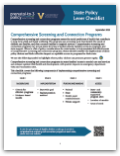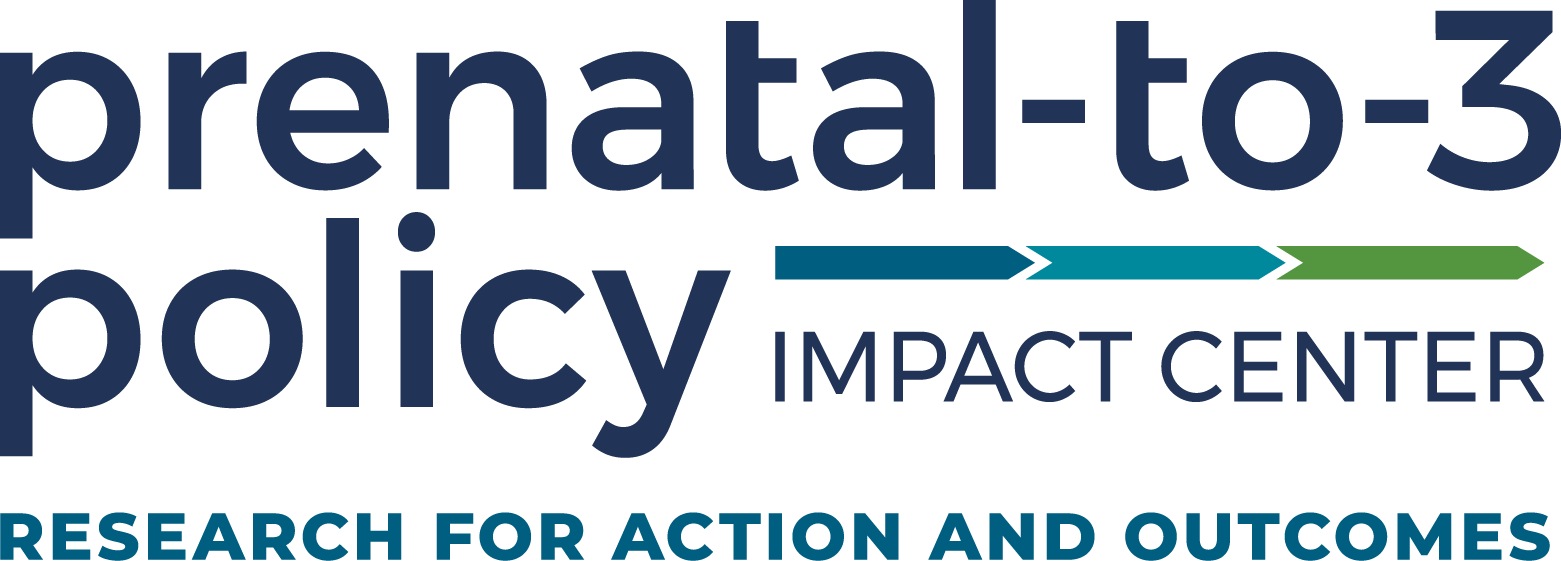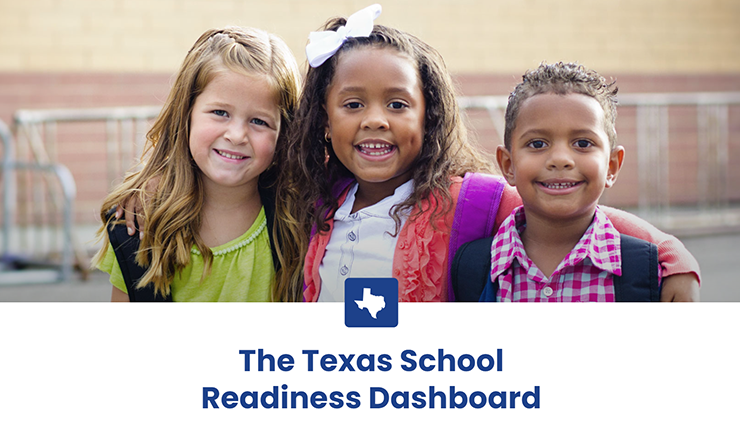Comprehensive screening and connection programs assess the social predictors of health that contribute to long-term child and family wellbeing. The programs use screening tools that identify the needs of children and families, and then connect families to targeted services.
Rigorous research suggests comprehensive screening and connection programs increase families’ access to needed care and services and enhance optimal child health and development, with positive impacts on emergency department visits and vaccination rates.
This checklist covers the following policy levers states may consider to help maximize the effectiveness of comprehensive screening and connection programs:
- Implementation
- Funding mechanisms
- Access




